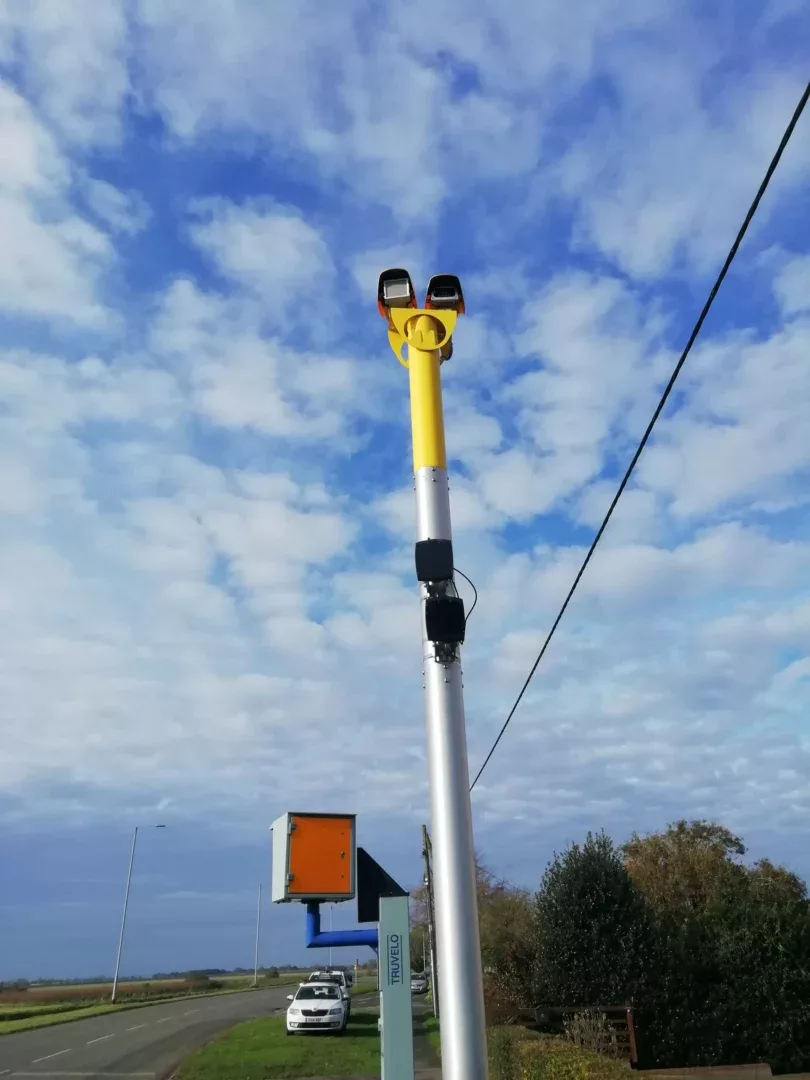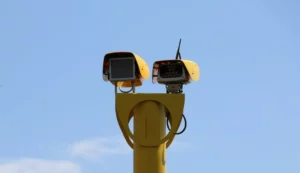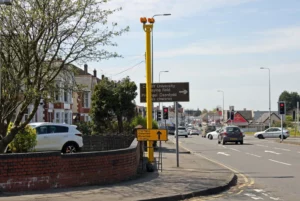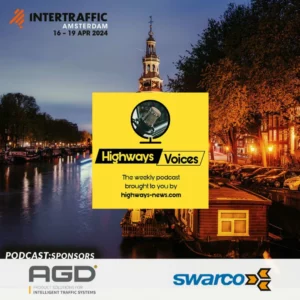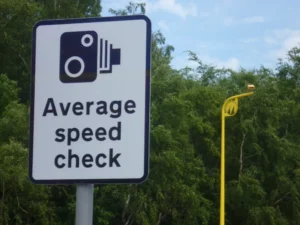As part of our Traffic Signals and Management Theme Week, Geoff Collins, Deputy Managing Director of Jenoptik in the UK, explains how the newly-approved Vector SR red light enforcement camera simplifies the job of making junctions safer
One of the biggest headaches of any scheme involving the highway, is the need to dig up the highway for implementation. The time, cost and safety implications of closing lanes or entire roads to dig them up, plus the long-term degradation of the road surface does, whatever you may think, put people off doing the work.
When it comes to ensuring compliance with traffic signals at junctions, though, the job might well need doing, no matter how much of an inconvenience it is.
But fortunately, not any more.
The Jenoptik VECTOR SR camera is the first red light enforcement camera to be totally independent of the traffic signals themselves. Unlike other systems, there is no need to hard wire any connections into the traffic light cabinet, dig up the road to place sensors in the carriageway, or indeed to any work on the signals at all.
Visual
The genius of the system is that it does what humans do when they look at a set of traffic signals – it differentiates between the colours. The camera simply monitors the traffic signals, and when the light turns red, will monitor and photograph any vehicle driving across the stop line.
This means there is no need to physically connect the traffic lights with the enforcement system. This is the only solution of this type to have gained approval and works equally well with all signal head types; whether they utilise traditional incandescent or LED bulbs.
VECTOR SR received Home Office Type Approval in the spring of 2021. The fully self-contained traffic enforcement system is capable of multiple applications, as well as red light enforcement it will also capture people speeding through signals on green and stand-alone spot speed enforcement. It’s even being developed to monitor level crossings.
Accuracy
The solution is incredibly accurate – tracking radar reports speed at +/- 2% accuracy, one camera can enforce up to three lanes of traffic, it is fully integrated and self-contained and, when needed, uses Jenoptik’s unique, patented VECTOR IR (infra-red) lamp units to unobtrusively flood the scene with non-dazzling illumination, which means number plates can be clearly read when it is fully dark without the need to flood the road surface with visible light. This means there is no distracting flash or light pollution on dark roads, while the IR solution only switches on with a synchronous pulsed illumination, minimising power consumption. The images from the camera – both video and photo – gives high resolution, with a ten-second video clip proving the contravention.

Installation
The solution was developed with the highway and signals engineer in mind, with minimal road maintenance required because the camera is stand-alone, keeping costs low. It doesn’t even need its own pole, because it can be attached onto existing street furniture such as a lamp post, or be fitted on its own passive safe column. The camera itself is compact and lightweight, coming in at less than eight kilograms, and uses only 30 Watts of power. Like other Jenoptik solutions, because it is mounted high off the ground, vandals find it very difficult, if not impossible, to cause damage.

As mentioned, the VECTOR SR solution delivers spot speed enforcement too, again using non-contact radar detection with an intelligent virtual grid for secondary speed verification meaning the traditional ‘tiger teeth’ road markings are not needed on the road surface.
Beyond enforcement
The VECTOR SR solution is more than an enforcement tool, because it can – depending on relevant approvals – deliver a wealth of other data too. Based around the proven VECTOR ANPR camera platform, VECTOR SR can unobtrusively gather rich ITS data for all passing vehicles, both for civil and security/policing applications. This gives immediate use for traffic information, journey time or police alerts, statistical gathering, origin/destination, traffic volumes, usage patterns etc.
Technical details
Cameras Intelligent ANPR camera with 3.2MP mono (ANPR) & 3.2MP colour (context) image sensors, remote control motorised zoom and focus lenses. Up to 128GB on-board storage
Radar detection 3D radar sensor for stop line detection, spot speed and speed-on-green
Lane coverage Up to three standard width lanes (3.75m lane width)
Speed measurement range 20kph to 300kph (12.5mph to 186mph)
Illumination Controlled pulse infra red LEDs (850nm). Optional scene lighting with VECTOR IR floodlight
Evidence gathering ANPR plate reads, still image & video clips, basic vehicle classification, all with GPS time stamping
Communication Fully integrated: WWAN (3G & 4G), WiFi & wired LAN
Installation 25-35m from stop line, 4-6m installed height, up to 12.8m lane offset from furthest lane centreline
Physical Camera: 370mm (L) x 230mm (W) x125mm (H), 3.5kg, supplied with three-axis bracket
Radar: 370mm (L) x 230mm (W) x 140mm (H), 2.5kg, supplied with two-axis mounting bracket
Environmental IP67, -30°C to + 60°C operating temperature range, -30°C to + 70°C storage temperature range
Power 48VDC or 90-240VAC supplied via column box, providing 48VDC to camera unit. 25W typical power consumption



